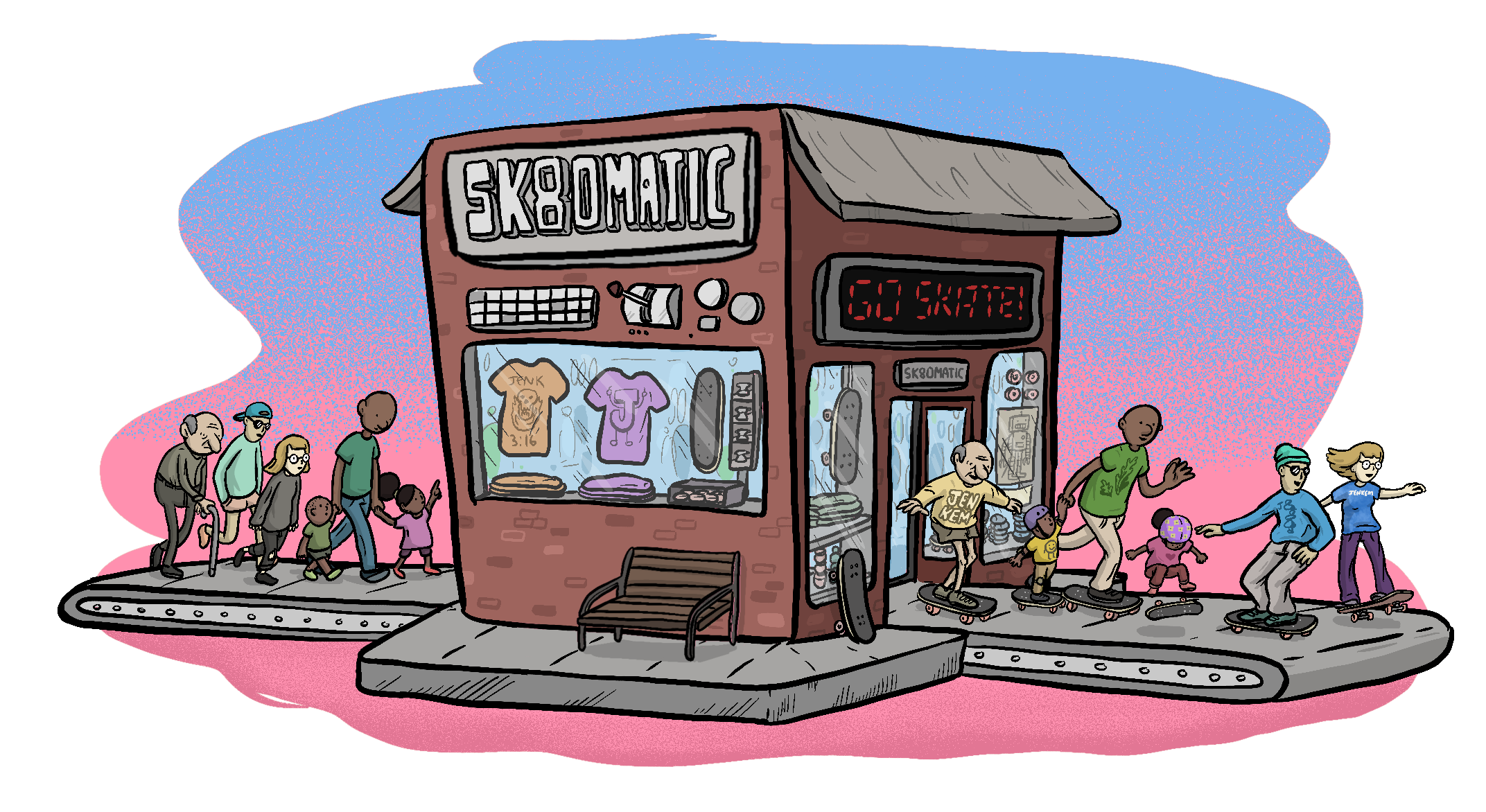
Do you get the feeling that there are a lot more people skating lately than ever before? And I’m not just talking little kids, it seems like all sorts of folks are suddenly rolling around.
At my local, Brower Park, where the basketball courts were stripped of hoops, skaters filled the absence. The usual locals were there, but there were also new faces: middle schoolers on brand new completes, dads mongo pushing back to the glory of their youth, and college girls learning how to tic-tac together. The pandemic was quick to silence cities, but the snaps and screeches of skateboarding seemingly got louder.
A few friends who own or work at skateshops confirmed my suspicion that hardgoods sales are up higher than they’ve ever been, with people buying boards who haven’t set foot in a shop in years, if ever. That got me wondering: Why the sudden boom, and how did it come to be so diverse?
Of course, this rise isn’t a product of one specific influence, like when Tony Hawk’s Pro Skater or Rob and Big came out. There isn’t a singular marketing campaign or industry initiative reminding people who used to skate or who never started that it’s fun and they should do it. But there was a powder keg slowly filling across the country, all it needed was something to set it off.
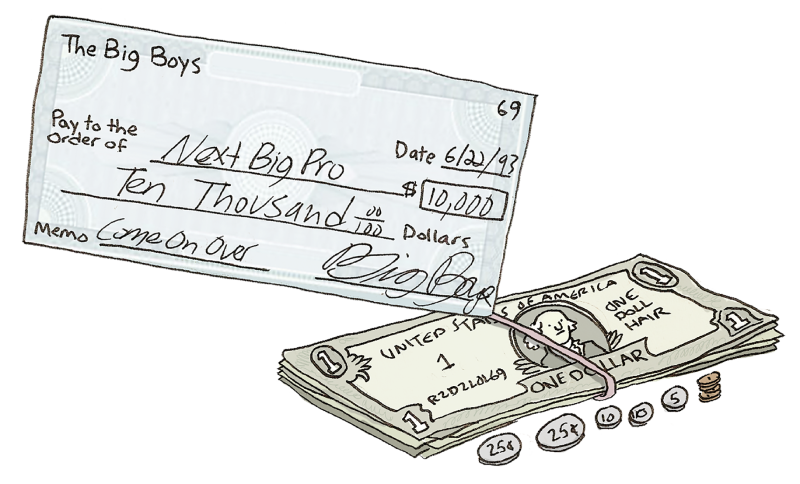
For many, the $1200 stimulus checks, extended unemployment benefits, and sudden change in routine due to COVID shutdowns were the spark. “With the stimulus checks and the unemployment money, people are spending,” said Gary Smith, who owns Vù skateshop in Baltimore.
“Skateboarding is perfect for quarantine because you need a flat surface, and you need to stay away from each other anyways to ride a skateboard. You have kids out of school, parents trying to find something for their kids to do.”
The boom wasn’t limited to kids either: many who had drifted away from skating over the years seized the opportunity to either dust an old board off, or grab a new complete. “I have servers and bartenders that used to skate or wanted to get into skating but didn’t want to get hurt,” Dennis Burdick, general manager at Familia Skateshop in Minneapolis said. “Now they’re like oh, we have a month to heal up. I might as well try.”
The pandemic isn’t the only reason that people who drifted away from skating have picked their boards back up. John Beckius started skating during the boom of the early 2000s and kept pushing for a decade before moving to Houston for work, where his board settled in the garage. That changed years later when he had his son.
“I had a board in the garage, and he would try the belly board thing, but he didn’t really click with that, but he got a scooter on his second birthday.” He started to roll with his son, which in turn brought him to buying new gear and starting to cruise on his own again. He spent lockdown skating the middle school behind their house with and without his son.
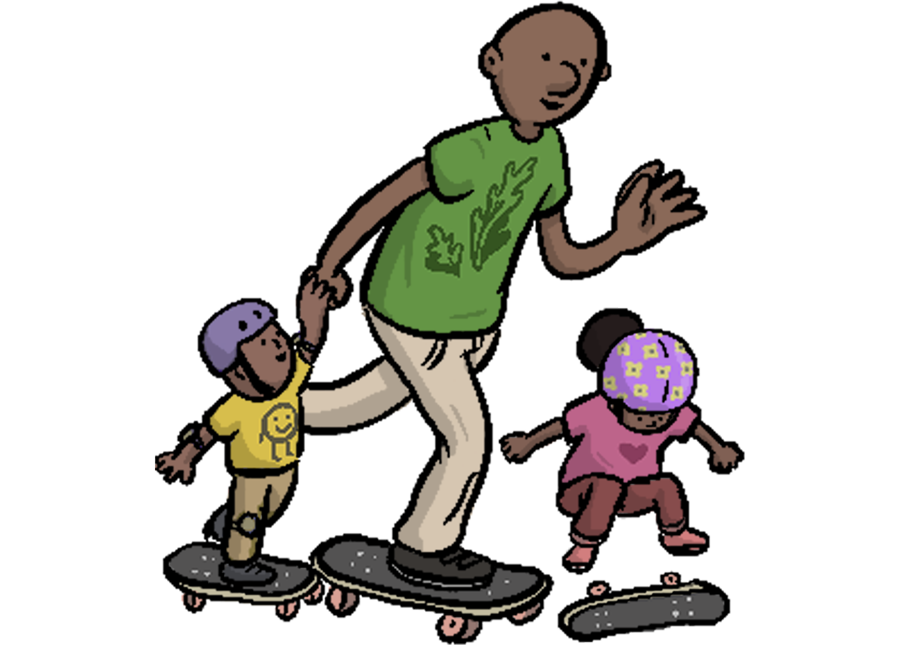
Beckius is part of skating’s last boomtime generation of the late ‘90s/early ‘00s, who have grown up and found themselves the average age of first time parents in the US. There isn’t much good data on skateboarding participants, so it’s difficult to track how many of them have kids and kept skating or found their way back.
While these generational factors all are part of skating’s current surge, skateboarding is also riding a bigger wave of general outdoor activity. “Being honest, it’s a pattern across all outdoor activity post-lockdown. Sales of bicycles and running gear are way up. It’s definitely rad that skating, which is normally outside of these wider trends, has also been looped into this draft.” said Neil Chester from Parade World, a e-commerce portal for skateshops and brands.
It’s too early to tell how many of these newcomers will stick to skateboarding in years to come, but there’s been a noteworthy pattern that’s been emerging over the last several years: Women have been making up a larger percentage of people who skate.
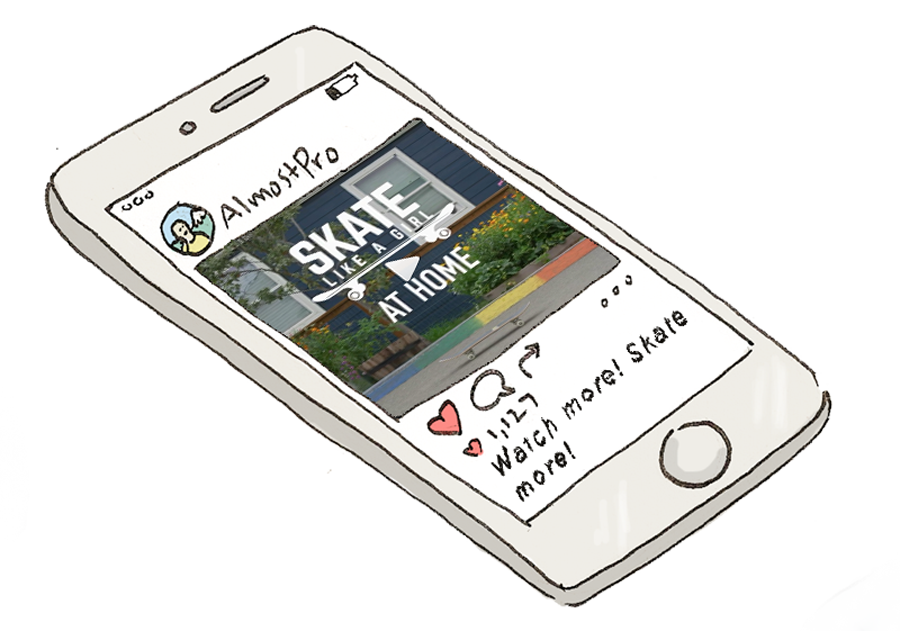
You see it on your social media feeds, where flyers advertising meetups for women and non-cis men who skate have become a regular sight. “Meetups did happen prior to this surge in Instagram, but I think that because there is more awareness, it’s making them more robust.” said Soph Elder, who is the co-director of Skate Like a Girl’s Seattle chapter. Skate Like A Girl was founded in 2000, with the mission of bringing women, trans, and gender non-conforming skaters together to learn to skate, and support each other in the process and has grown in reach ever since.
Though there is still more equality to be fought for, much of the skateboard industry has significantly increased their financial support of women’s skating since then as well, footing the bill on meetups and workshops as well as more prevalently including female skaters on pro teams and in marketing campaigns.
The forces are intertwined with a broader acceptance of LGBTQ+ and non-white faces in American culture, and a resurgence in skateboarding as the vehicle to presenting those stories. “Even my mom commented that she sees gay people all over TV,” Elder said. “She even saw Betty, that TV show from the girls from The Skate Kitchen. She would never come across any of that if it wasn’t on HBO.”
In the past few years, skateboarding in TV and movies has gone from stoner, comic-relief character types to more challenging representations of skateboarders in films like Minding the Gap and Learning to Skate in a Warzone [If You’re A Girl], as well as fictionalized versions that draw from a more diverse cast, like mid90s and The Skate Kitchen.
Seeing different types of demographics skating has helped nudge people like Elizabeth Tovar, a 23-year-old student from outside Los Angeles, into finally getting on board.
While Tovar was aware of the girls from The Skate Kitchen crew through social media, she never got around to really checking them out until she and a friend watched Betty, “I was like, ‘Dude, this makes me want to skate. We should learn how to skate.’ And she was like, ‘I’m down.’” Fresh out of school for the summer, they found hand-me-down boards and started pushing around together before eventually linking up with friends who had already been skating.“ We’ve been riding around my block, in the park, and the library near my house, which is where a lot of people go. Whenever we go there are other groups of people skating.”
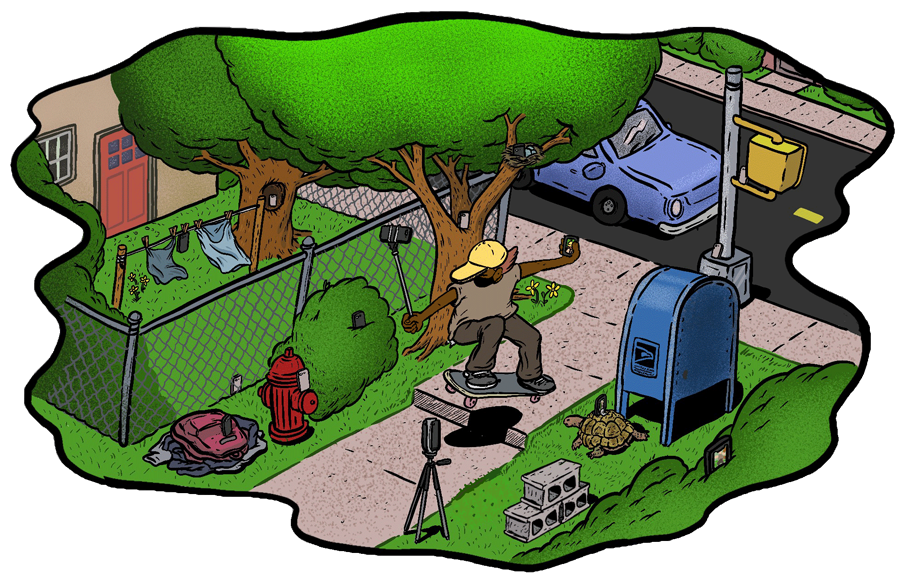
Skateboarding, which combines transportation, exercise, and the opportunity for distanced socialization, is well-suited for life in a pandemic.
Jazmine Hughes, a Brooklyn-based writer who is among the Brower Park locals that started as a means of getting out of the house during lockdown, also acknowledged skating’s cultural cachet. “I had always thought that skaters looked very cool,” she said. “And it seemed like a good way to meet girls.” Now several weeks in, she has explored other parks in the neighborhood on her board, as well as pushing around in the streets. She’s quick to mention that she hasn’t mastered stopping in traffic, and will pick up her board to walk through intersections though.
Despite her lack of board control, she enjoys another kind of control skateboarding seems to give her. Recently, she learned to swim, something she’d always wanted to do but convinced herself out of, and skateboarding is a continuation of that exercise.
“I’m trying to be less afraid, in general. Or at least create an experience of my own making,” she said. “As opposed to things coming at me, it’s like I’m coming at something else.”
With everything coming at the world right now, maybe she’s right: skating is the best way to maneuver through it.
Related Posts
Comments
Popular
-
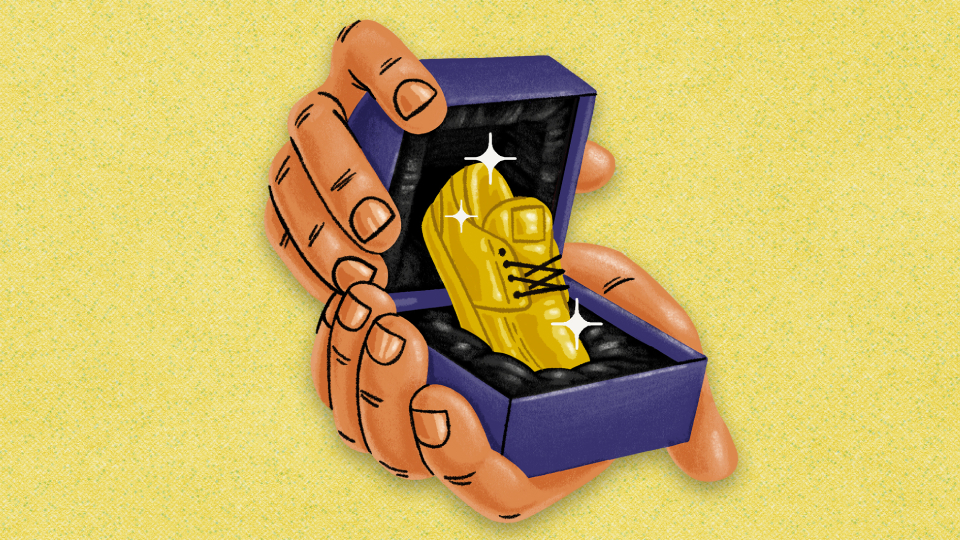 THE RISE AND FALL OF PRO MODEL SKATE SHOES
THE RISE AND FALL OF PRO MODEL SKATE SHOES
While there are still some exceptions, the signature shoe has largely evaporated from the skateboard industry. But, why?
-
 A CHAT WITH LUDVIG HAKANSSON, THE OLDEST SOUL IN SKATEBOARDING
A CHAT WITH LUDVIG HAKANSSON, THE OLDEST SOUL IN SKATEBOARDING
The man loves to read Nietzche, skates in some expensive vintage gear, and paints in his own neoclassical-meets-abstract-expressionist style.
-
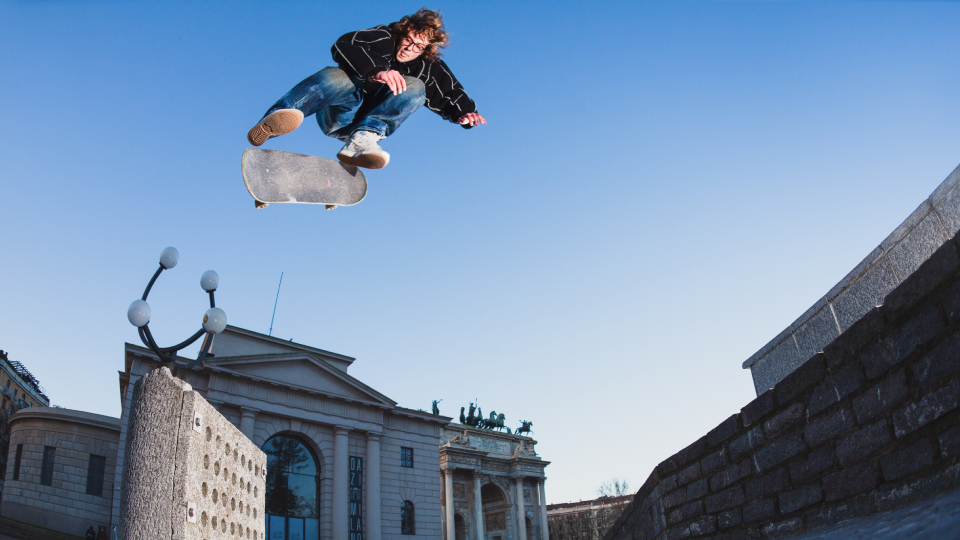 A LOOK THROUGH THE GLASSES OF VINCE PALMER, AKA CHICKEN LITTLE
A LOOK THROUGH THE GLASSES OF VINCE PALMER, AKA CHICKEN LITTLE
Get to know the 18-year-old German repping Baker and Supreme in Milan.
-
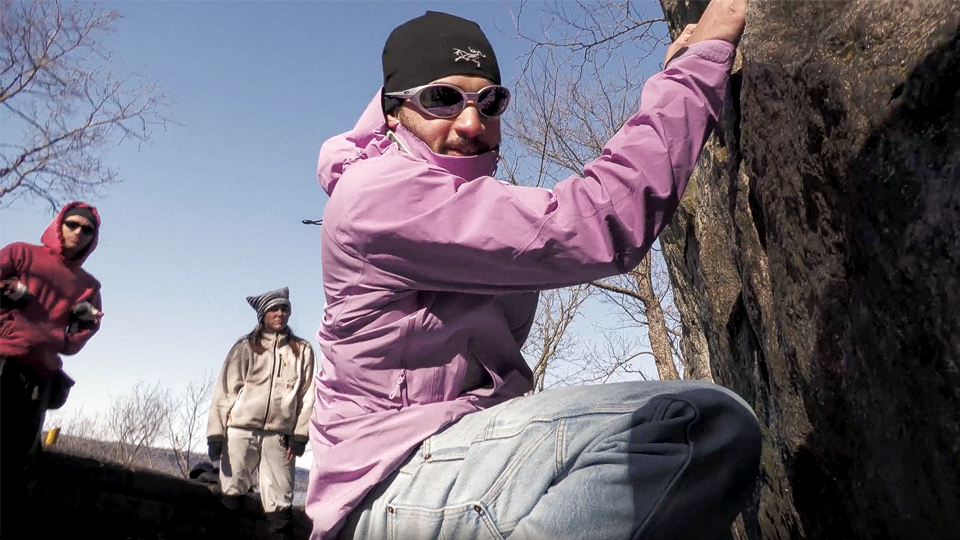 WHO ARE THE SKATERS RESURRECTING ROCK CLIMBING IN UPPER MANHATTAN?
WHO ARE THE SKATERS RESURRECTING ROCK CLIMBING IN UPPER MANHATTAN?
We met up with Joel Popoteur, an employee at Supreme and long-time skater to learn about his outdoor movement.
-
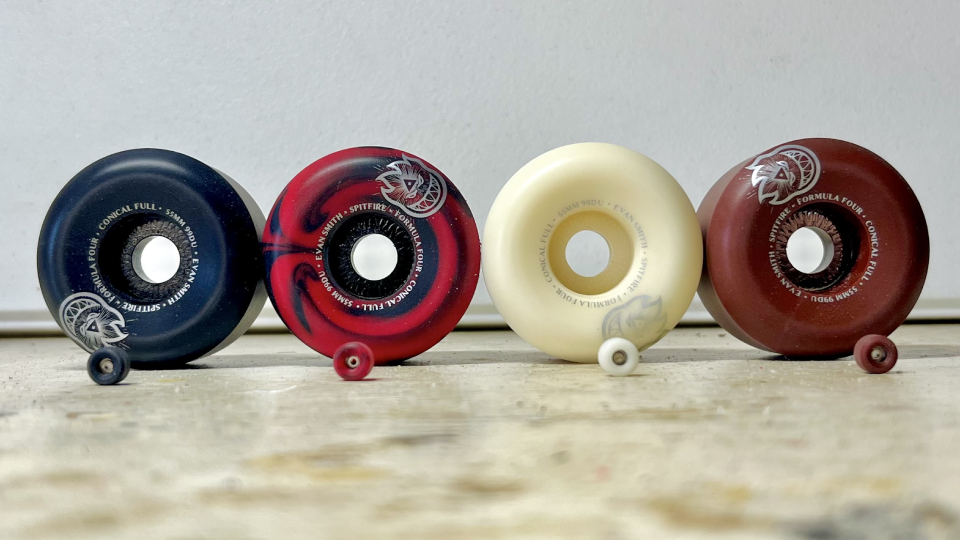 GOT OLD WHEELS? THIS GUY IS MAKING MINI FINGERBOARD REPLICAS WITH THEM
GOT OLD WHEELS? THIS GUY IS MAKING MINI FINGERBOARD REPLICAS WITH THEM
Honey, I Shrunk The Spitfires.


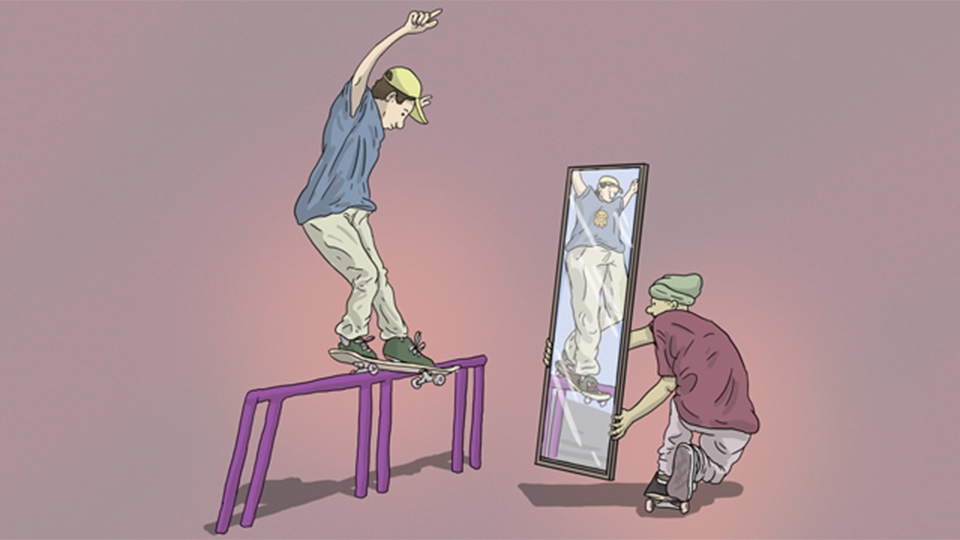
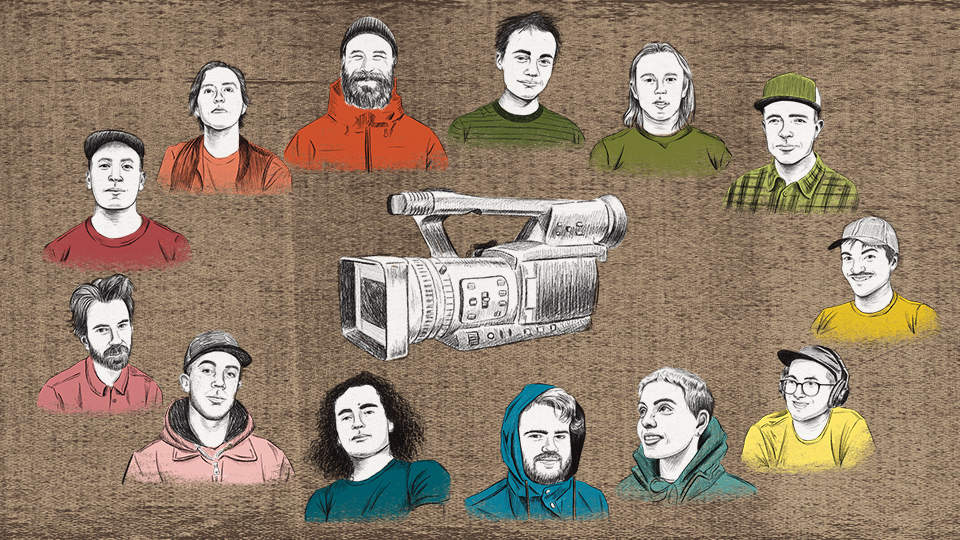
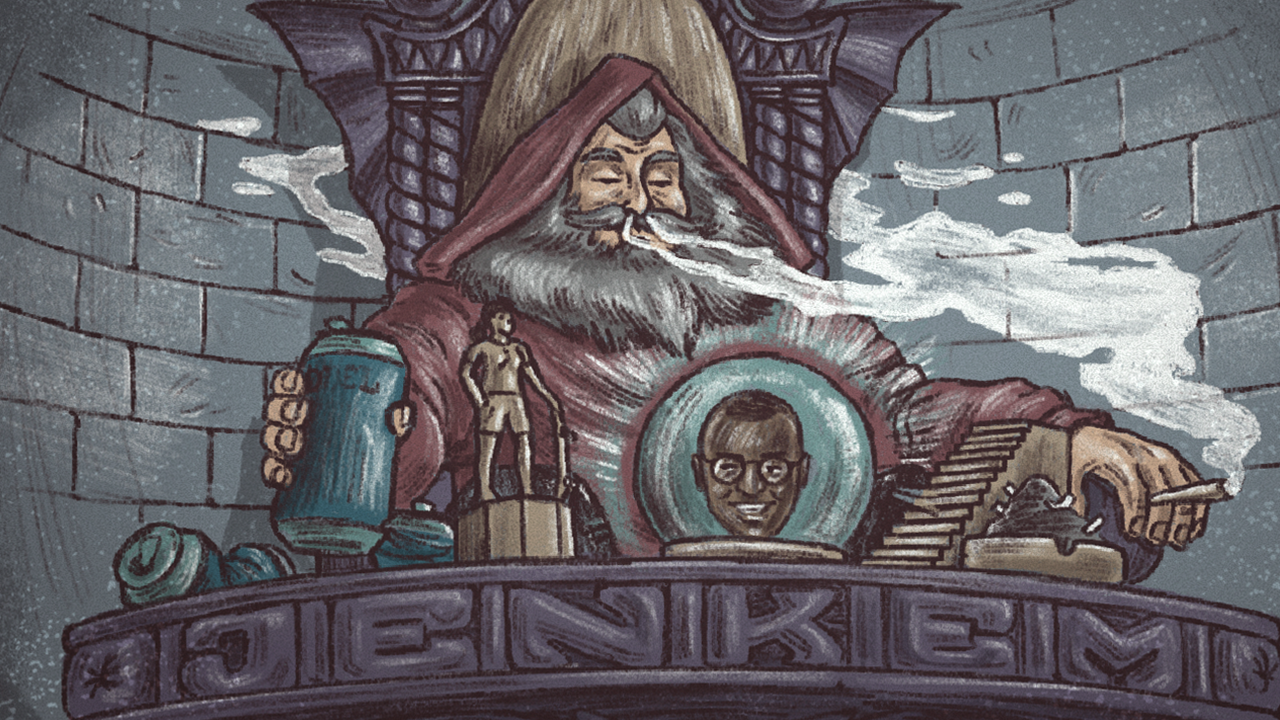
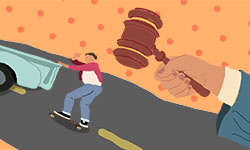
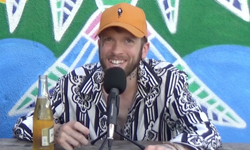
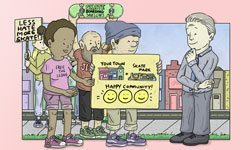
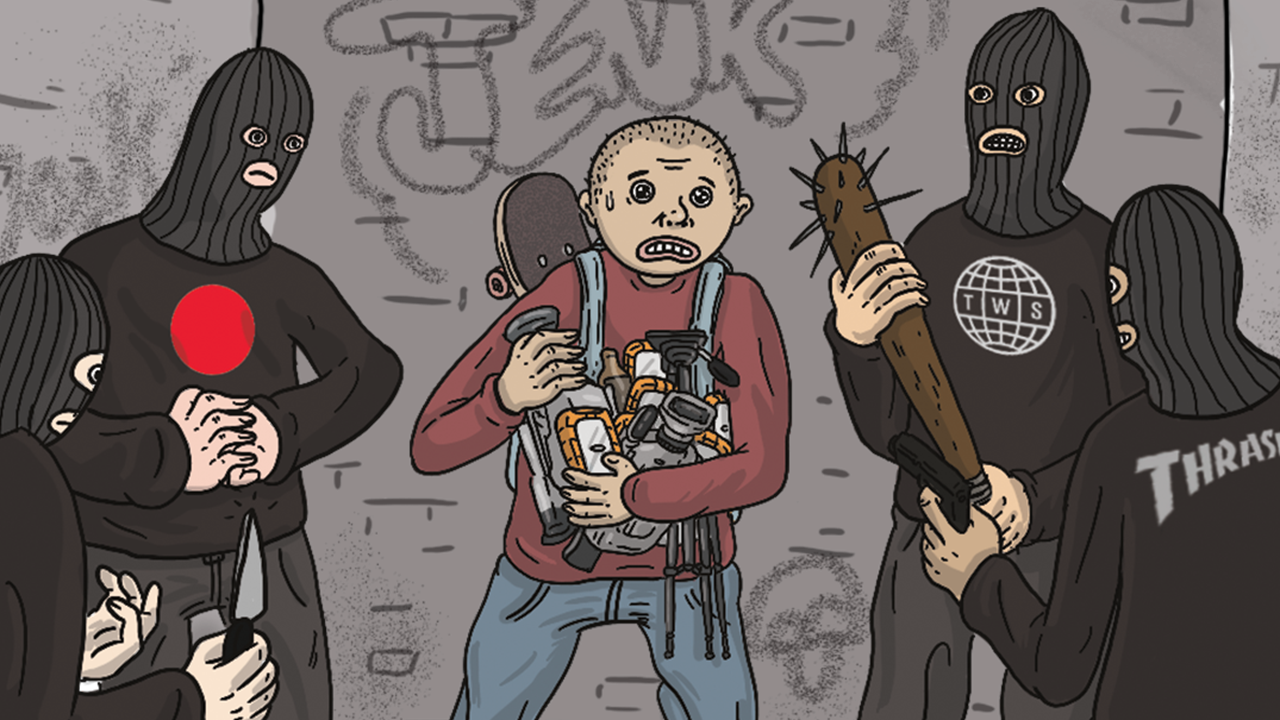
July 21, 2020 3:56 pm
Everyone is looking for freedom, exercise, and fun. Being able to get fresh air and not think about the general state of horseshit we’re all living through right now is a gift.
July 21, 2020 4:30 pm
Living in Michigan, it took awhile for the weather to turnaround. When it did, we were already in the throes of a pandemic. My everyday, manageable anxiety started spiking through the roof. And sometime in later March the weather cleared out and I could skate again. My girl even wanted to get into it.
Something I’ve always sworn by with skating is that it’s one of the best ways to be/stay present. You can’t take your mind off it in the moment, or you’ll miss the pedestrian or pebble in your path and get smoked.
I’m 36 and as long as I can push, carve around, ollie, and slappy, I’ll be set for awhile.
July 22, 2020 10:19 am
Well put Jamerson. I skated from age 13 -15, then gave my board to the neighbor’s son at the end of highschool. Last year, at age 34, I bought an electric board and hoped for the best. I liked it so much i started commuting on it. I now have the electric board, a longboard, a cruiser and a standard. I don’t attempt 6-sets or rails of course, but the basic tricks are still fun, and great exercise. Last month i picked up slide gloves and found a great hill – can’t believe i never tried downhill back in my teen years; so much fun. The focus required is like meditation, gives you great mental energy
July 21, 2020 6:27 pm
Illustrations are dominantly black, Well done Michael Giurato/Jenkem.
Discreet, but you guys fersure know how to fit in.
July 22, 2020 4:57 pm
just more politically correct, pre-digested bullshit shoved down our throats. about 50% of the people in these cartoon are of color (and 100% of those featured in more detail), but does that reflect reality?
thanks jenkem (capital letter committed on purpose)
July 22, 2020 4:59 pm
omitted
December 4, 2020 6:43 am
OH NO, THEY PUT BWACK PEOPLE IN MY SKATEBOARD MAGAZINE :'(
fucking grow up dumb shit.
July 21, 2020 8:49 pm
skateboarding is dead
July 21, 2020 9:15 pm
It’s because of the app tik tok. Girls just want to do it so they have a chance of fucking that hot guy who longboards